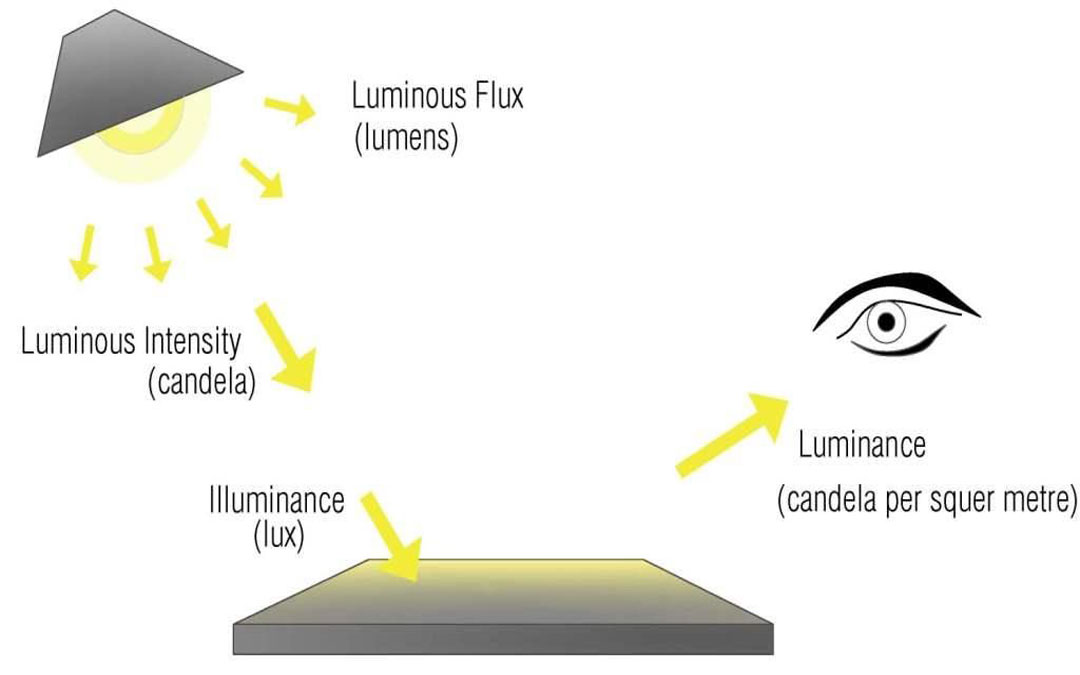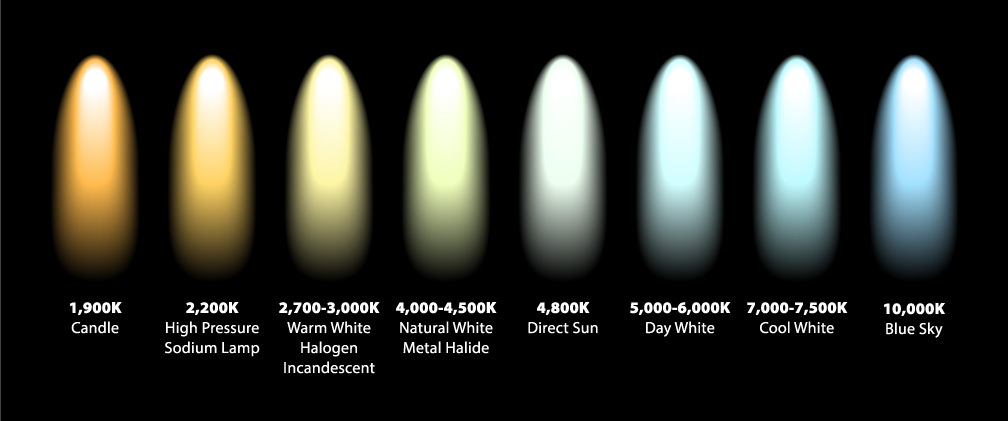Many people use a disconnected, two-step process to determine their lighting needs when arranging lighting for a room. The first phase usually is figuring out how much light is required; for example, “how many lumens do I need?” depending on the activities taking place in the space as well as individual preferences. The second phase usually concerns light quality after the brightness requirements have been estimated: “Which color temperature should I choose? “, “Do I need a high CRI light strip? “, etc.
Research reveals that there is a very significant relationship between brightness and color temperature when it comes to lighting conditions that we find appealing or comfortable, despite the fact that many individuals approach the questions of quantity and quality independently.
What exactly is the relationship, and how can you be certain that your lighting setup offers not just the best brightness levels but also the appropriate brightness levels given a particular color temperature? Find out by reading on!
The illumination, expressed in lux, indicates the amount of light that strikes a specific surface. Since the amount of light reflecting off of objects dictates whether or not the lighting levels are enough for tasks like reading, cooking, or art, the illuminance value is what matters most when we use the term “brightness.”
Remember that illuminance is not the same as commonly used measurements of light output such as lumen output (e.g., 800 lumens) or incandescent watts equivalent (e.g., 60 watt). Illuminance is measured at a specific location, such the top of a table, and might vary depending on factors like the light source’s position and distance from the measurement site. The measurement of lumen output, on the other hand, is specific to the light bulb itself. To determine whether a light’s brightness is adequate, we need to know more about the area, such as the room’s dimensions, in addition to its lumen output.
The color temperature, expressed in degrees Kelvin (K), informs us of the light source’s apparent color. The popular consensus is that it is “warmer” for values closer to 2700K, which replicate the gentle, warm glow of incandescent lighting, and “cooler” for values greater than 4000K, which mirror the sharper color tones of natural daylight.
Brightness and color temperature are two different qualities that, from a technical lighting science standpoint, characterize quantity and quality individually. In contrast to incandescent lights, LED bulbs’ criteria for brightness and color temperature are totally independent of one another. For instance, we provide a series of A19 LED bulbs under our CENTRIC HOMETM line that produce 800 lumens at 2700K and 3000K, as well as a very comparable product under our CENTRIC DAYLIGHTTM line that produces the same 800 lumens at color temperatures of 4000K, 5000K, and 6500K. In this illustration, both bulb families offer the same brightness but distinct color temperature possibilities, thus it is important to distinguish between the two specs.Contact us and we can share more information about LED strip with you.
Post time: Oct-19-2022

 Chinese
Chinese

